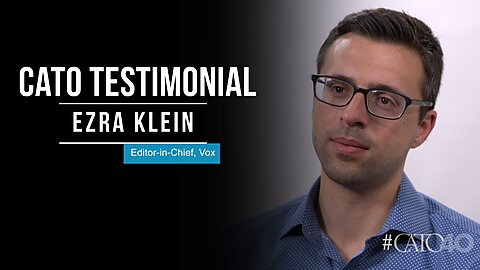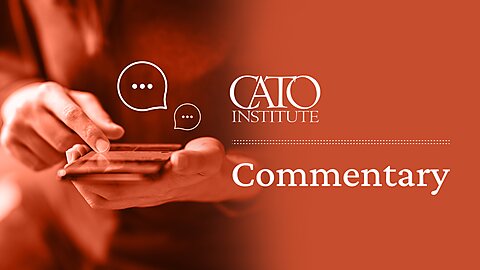
Friday Feature: St. Joseph Montessori School
When you visit a Montessori school, there’s a unique feel to it. The multi‐age classrooms are full of hands‐on materials that allow children to explore and learn in a very natural way. Rooms are ordered in a purposeful way designed to give students a lot of freedom to learn individually and collaboratively. Teachers are called guides and are there to support the children in their learning journeys rather than directing them down pre‐set paths. This is exactly what I saw when I recently toured St. Joseph Montessori School in Columbus, Ohio.
SJMS started in 1968 as a preschool program attached to St. Joseph Academy. When the Academy was closing in 1977 due to declining enrollment, parents worked to transition it into a private pre‑K through eighth grade Catholic school with a Montessori approach. St. Joseph Montessori is now home to around 270 students from eighteen months through eighth grade.
The Montessori method of education is based on the research and teachings of Italian physician and educator Maria Montessori (1870–1952). She emphasized a child‐led approach that respected individual differences and aimed to educate the whole person rather than teaching a specific content. One of her more famous quotes is, “Our care of the child should be governed, not by the desire to make him learn things, but by the endeavor always to keep burning within him that light which is called intelligence.”
Melanie Steadman, Director of Operations, was my tour guide when I visited St. Joseph. She explained how the design of a Montessori classroom is geared toward the developmental stage of the children in it. Each classroom is divided into multiple learning areas that are dedicated to language, mathematics, practical life, or culture. Within an area, there are shelves full of materials that are organized from simple to complex. Once students have had a lesson on a subject, they can choose to use the materials related to it. Many of the resources have a dual purpose—for example a shape tray that teaches children shapes also has a small nub to hold that mimics the fine‐motor skill needed to hold a pencil.
“Our parents are seeking something other than a traditional education for their child,” Melanie explains. “They’re drawn to Montessori because of the child‐focused and individualized approach to education. Montessori meets the child where they are developmentally and lessons are presented to the child as they demonstrate readiness. We teach to the needs of each child and provide them with the independence to experience learning in a nurturing, fun, and collaborative environment. Montessori isn’t focused on the teacher and what they can do for each child, but rather on what the child is capable of doing for themselves.”
Melanie’s youngest daughter attends SJMS, so she has seen the effects of the school first‐hand. “She has morphed from the shy child hiding behind my legs into a confident and enthusiastic individual. She can speak with an extensive vocabulary and talk about the solar system, equivalent fractions, and the fundamental needs of humans,” says Melanie. “But more importantly, she loves to learn and is excited to go to school. We drive past a traditional elementary school every day on our way to school. A few weeks ago, my daughter looked out the window and said, ‘I hope that school is fun.’ I asked her what she meant and she said, ‘SJMS is so much fun, when my teacher gives me a lesson or shows me how to do a work, it’s just really fun.’ To me, that’s the most amazing part of her Montessori journey, at seven years old she has the awareness and compassion to recognize the educational experience she has had and wish for a similar experience for children she’s never met.”
Apparently, a lot of parents agree with Melanie on the benefits of St. Joseph Montessori School’s approach. The school is bursting at the seams, with most levels at capacity. The student body is diverse; only around 30 percent are Catholic.
Ohio’s school choice programs are helping families afford SJMS. Melanie says 65 percent of the students use one of the scholarships—including EdChoice, Ohio’s newly universal voucher. While the school is not a provider for the Jon Peterson Special Needs Scholarship or the autism scholarship, SJMS students can use the scholarships to receive services provided by a third party. The school also participates in Ohio’s tax credit scholarship program through the Diocese of Columbus.
As the long history of Montessori education shows, the desire for education alternatives beyond an assigned district school isn’t new. Parents have always known one size doesn’t fit all when it comes to education. In recent years, the growing awareness of other options and the expansion of school choice have helped more parents find and afford the learning environment that works best for their children.



